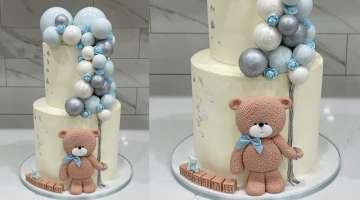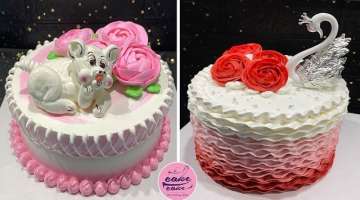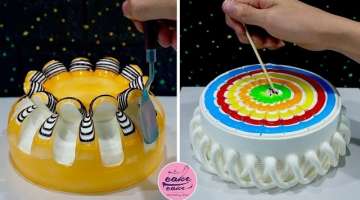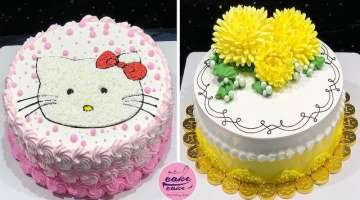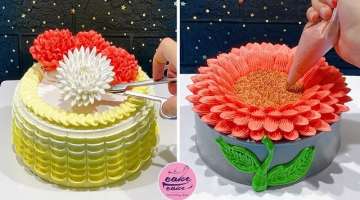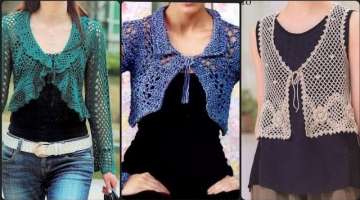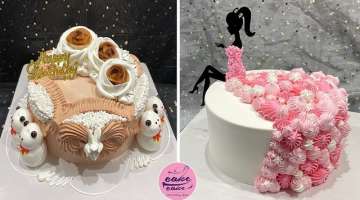The Silver Diamond Firetail Barely Even Looks Real (video)
Meet the silver diamond firetail, a rare variety of native Australian finch that looks like a Christmas angel with flames spilling from beneath its robes. Only the most experienced breeders can reliably produce this variety of the diamond firetail (Stagonopleura guttata), selecting parents that carry the recessive genes that give rise to this almost pearlescent plumage.
- 1 | 11

This little cute birds look like in the wild. Endemic to the southeast of Australia, ranging from the Carnarvon Ranges in Queensland to the Eyre Peninsula and Kangaroo Island in South Australia, the diamond firetail grows to 10-12 cm and weighs 17 grams, which is positively gargantuan when you compare it to the mini emu-wren, at just 4 grams. It's one of three firetail finches from the genus Stagonopleura, all of which are endemic to Australia.
- 2 | 11

The other two are the red-eared firetail (Stagonopleura oculata), found in the southwestern corner of Australia, and the beautiful firetail (Stagonopleura bella), endemic to the southeastern corner of the country. Ranging from Newcastle to Kangaroo Island, the beautiful firetail is also found throughout Tasmania. In fact, it's the only finch species that occurs naturally on the island.
- 3 | 11

While it might not have the most creative name in the world, it sure is apt. With a fat little body, a wide red beak, eyes rimmed in sky blue, and the most brilliant crimson tail, the beautiful firetail is a striking species to spot in the wild:
- 4 | 11

Keeping to coastal scrublands and forests, it's a tricky bird to track down, but if you're going to find it anywhere, it'll be near water. And let's just say when they get there, they're not exactly quiet. Look how excited they all are:
- 5 | 11

Australia's firetail finches are not technically classified as threatened, but their numbers are declining, and things like habitat loss, feral cats, and other native birds such as the pied currawong are serious threats. The good news is there are active measures being taken to ensure their numbers don't continue to dip to dangerous levels.
- 6 | 11

Mutations bred in captivity: The plumage should be smooth, clean and tightThe vent should be clean (a wet, dirty vent is caused by diarrhea, which could be a sign of disease)The legs and feet should be free of scaling. The toes should not be overgrown.The Diamond Sparrow should be of a good size (not too small / feeble)The eyes should be clear, bright and the area around the eyes should be dry. Birds with watery eyes are likely sick.Very sick birds usually fluff their feathers up to keep warm and may sit on a perch or the floor with their eyes closed. If they don't move as you approach, they are likely to be close to death.
- 7 | 11

Pairing Diamond Firetail finches poses several challenges. First of all, males and females look very much alike. Even though there are some slight differences - those may not be noticeable, especially in young birds. Males are most easily identified by their courtship displays and their songs. Some breeders suggest observing these finches for a while and choosing a pair with voices that are the most different.
- 8 | 11

However, ensuring that you have both males and females in an aviary is not sufficient. They need to be compatible. One proven practice is to house a group of Diamond Sparrows together, and allow them to choose their own mates. Once they find suitable mates, they form strong pair bonds and pairs usually remain together for life. If say the female dies, then it is recommended to add at least two females for the male to choose from. Some will take another mate pretty soon, while others take a long time to commit to another mate.
- 9 | 11

Even though Diamond Sparrows could start breeding when they are as young as 5 or 6 months old, it is best to discourage that until they are 10 months or a year old to minimize the risk of egg binding in young females. Provided sufficient space is available for all, Diamond Firetails usually do well in mixed aviaries, as they usually get along well with finches of their own size, such Chestnut-breasted Finches, Java Finches, Red-headed / Paradise or Aberdeen Finches, Golden Song Sparrows, Cutthroats, Zebra or Orange-breasted Waxbills, Cordon Bleus, Red Strawberries, Long-tailed Grassfinches and Chaffinches. It is always important to watch birds for compatibility for some time after they have been placed into a communal aviary to see how they get along and remove those that get either too stressed or those that are bullying the other occupants. Even though these finches can be housed in cages, they are prone to obesity if they don't have the opportunity to exercise / fly every day. They also tend to stress out when confined in small spaces, which will weaken their immune system and lower their productivity (as far as breeding is concerned). A large, planted flight / aviary is preferable. However, pairs may need to be separated when they are in breeding mode to avoid aggression towards other birds. Breeding cages should be at least 24 inches (0.6 meters) long.
- 10 | 11

Ambient temperatures should not be allowed to go below 54°F or 12°C. Some source of heat may need to be provided during cold spells. Nesting Diamond Sparrows should not be disturbed as they are quick to abandon an active nest. Since they spend a lot of time on the ground, their enclosure should include a large, open floor space that is easy to keep clean. In the wild, Diamond Firetails construct an elaborate bottle-shaped dome nest with an outer shell of green grasses and a small woven entrance funnel on the front. The males generally gather the nest materials and females do all the weaving. Some Diamond Sparrows - particularly those that were raised (fostered) by other finches - may accept large wicker or wire baskets, gourds, logs, wire cylinders, finch nest boxes or half open nest boxes for nesting. They generally favor nestboxes in which they can hide in. Diamond Firetails also like to roost in their nests at night. Others prefer to construct their own nests. They will use whatever they find in their environment to get the job done - including long grass strips (about 8 - 10 inches is ideal), coco fiber, shredded paper, dried grasses, sisal, cotton wool, strings, fur, plant matter, twigs, tissue paper and feathers (for lining). In a pinch, they may demolish the wicker baskets of other finches to construct their own nests with. In order to prevent this from happening, it's important to provide a large volume of nesting material at all times. Once completed, their nests often resemble domes or footballs.
- 11 | 11

Mutations: In captivity, several attractive mutations have been produced. Yellow Diamond Firetail Finch - The areas on the tail that are red in the normal plumaged bird, are yellowy-orange in the Yellow Diamond. Silver Diamond - plumage mostly a silvery white, paler below. The rump is a lighter red. Pied Diamond with splashes of white. Some argue that these plumage differences may be caused by age rather than being a genuine mutation. However, pied mutations are common amongst many finch species and are accepted by most as a genuine mutation. White Diamond is generally not long-lived.
